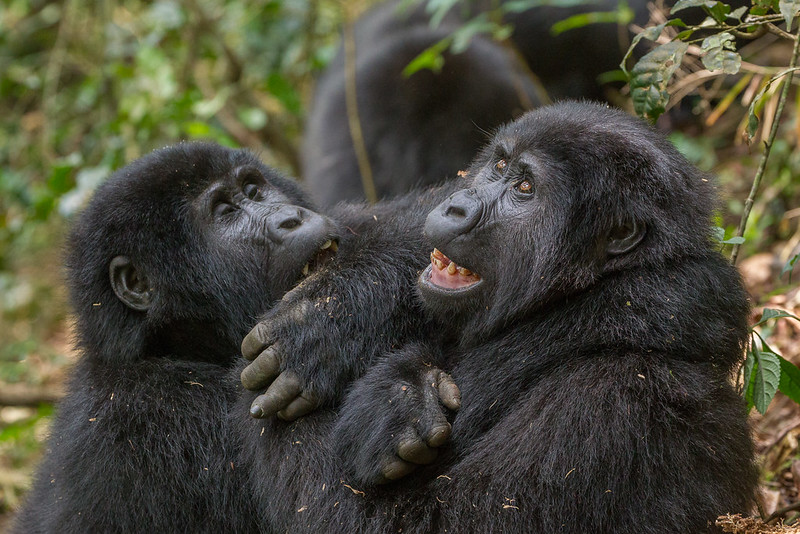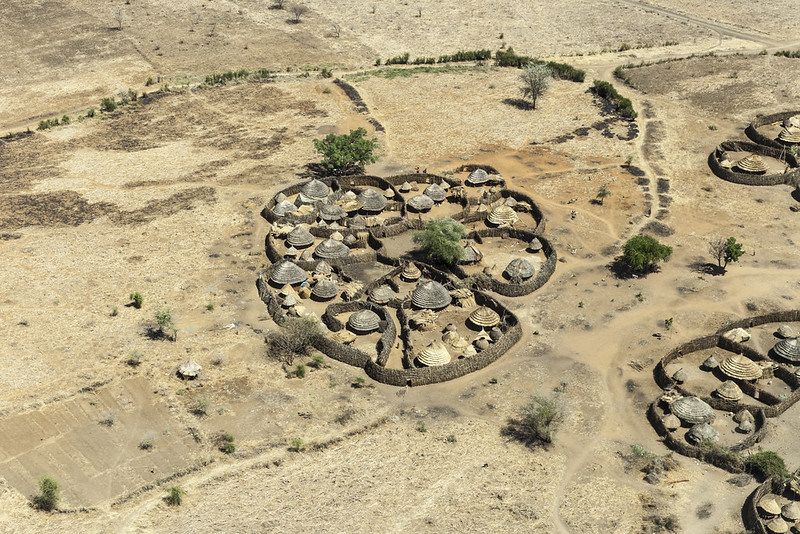Why you should visit Uganda in 2024: Uganda may not be as well-known as Rwanda, Kenya, or Tanzania, but it is unquestionably one of Africa’s most compelling locations. Mango, jackfruit, and banana trees cover the roads; undulating hills are home to working tea and coffee farms; and towering elephant grass surrounds lakes and rivers. This is Africa’s emerald Eden, where greenery contrasts with red-rich soil and impenetrable forests provide a natural haven for endangered mountain gorillas, whose existence is reliant on human efforts.
In 1908, Winston Churchill invented the epithet “The Pearl of Africa” to describe the land’s beauty, diversity, and natural richness. Since then, Uganda has become one of Africa’s most desirable tourism destinations. It is one of just three nations in the world where you may see mountain gorillas in their natural environment without fences, and it has the most of them. With an expert tracker by your side, the knowledge mirrored in the eyes of one of the world’s most beautiful species is only a breath away.
While most people are interested in seeing gorillas on a safari in Uganda, with perhaps a little extra time to join humanity’s relatives, the chimps, there is a rush to go on to Kenya or Tanzania in search of the Great Migration. Many potential memories are lost in the darkness of Uganda’s woodlands, the brightness of the savannah sun, and the steamy neon of a Kampala nightclub.
During the worldwide epidemic, Uganda suffered a terrible loss of tourism earnings dating back to 2005. Fortunately, Ugandans are resilient and determined people who are rebuilding with tremendous zeal. The Uganda Tourism Board has begun a push to rebrand and reposition itself as more than simply a gorilla trekking destination. They’ve published a promotional film that incorporates wildlife as part of the tapestry of experience but emphasizes that it’s not the main emphasis; it’s also about the inspiration of the African people and their ambitious ambitions:
What Can You Expect in Uganda?
1. Mountain Gorilla trekking: Uganda Gorilla Safaris
Uganda gorilla safaris are at the top of every Ugandan traveler’s bucket list because they provide an opportunity to see one of the world’s most endangered species. Uganda and its neighbor Rwanda bear the enormous responsibility of protecting populations of these critically endangered animals. They are sponsored in large part by the trekking fees levied for this once-in-a-lifetime experience.

With the unmistakable crunch sound of the undergrowth beneath your feet, you’ll walk with tremendous suspense until you hear the whispered words, “They are here.”. You will soon come face-to-face with a family of gorillas, astonished by the parallels between man and monkey, humbled and in awe of nature’s beauty. The optimum time to visit Uganda for gorilla trekking is during the country’s two dry seasons: December to February and June to August. These expeditions’ efforts are resulting in an increase in gorilla numbers.
2. Meet the Batwa at Bwindi Impenetrable National Park.
The Batwa tribe, known as the ‘Keepers of the Forest,’ were relocated from Bwindi Impenetrable National Park when it was founded to preserve gorillas. They are one of Africa’s longest-remaining indigenous tribes, having a genuinely unique relationship to the Ugandan rainforest. Hunter-gatherers, by custom, were completely reliant on the forest for survival; they lacked the skills and resources to adapt to modern life. They suffered greatly and succumbed to early predatory tourism. Fortunately, this is changing, and, ironically, tourism is crucial to the survival of these interesting people and their ancient culture.

Organizations such as the Batwa Development Programme have created sensitive and conscientious tourist interactions that allow the Batwa to welcome people to the forest as guests. You will be immersed in how they collect and prepare food, traditional hunting tactics (they still use bows and arrows for small animals), and their age-old medicine manufacturing practices. You will also see firsthand their symbiotic relationship with nature. These trips not only provide direct money to the guides, but they also raise awareness and create additional revenue for the education and general welfare of the community.
3. Travel to Karamajora, where only the bravest go.
If wild and isolated regions pique your insatiable curiosity and you have a strong desire to see areas of the map that appear to be vacant, you should journey north into Karamoja. Kidepo National Park is located in a stunningly austere landscape of semi-arid savanna and sharp-cut mountains near the border with South Sudan.

This harsh and secluded terrain offers game drives and guided treks that lead to exceptional big cat sightings (cheetah, lion, and leopard) and large buffalo herds. For birdwatchers, this park is a veritable kaleidoscope of winged wonders. Interestingly, sixty species have not been documented in any other Ugandan safari areas. It is also feasible to go on more difficult excursions into the highlands to visit the Ik people, one of the world’s most marginalized populations.
4. Visit Uganda’s largest safari park, Murchison Falls National Park.

Murchison Falls National Park is a must-see for water adventurers. A stunning, protected savannah where the River Nile meets Lake Albert, you may take shared or private boat safaris up to the Murchison Falls before walking the rest of the way to the break. You may also sail down papyrus-lined rivers to the river delta, keeping an eye out for the tragically-gloomy Shoebill Stork, which may be distracted by the blue highlands of the Congo on the lake’s far bank. It is one of the sites to visit in Uganda that we strongly suggest due to its wildlife and pure natural beauty.
5. Check an Icon Off Your Bucket List: Queen Elizabeth National Park

Queen Elizabeth National Park, a UN Biosphere Reserve, is undoubtedly Uganda’s most popular safari destination. It is located in western Uganda, close to the Rwenzori Mountains. It features a diversified landscape that includes marshes, swamps, crater lakes, tropical forests, woodlands, and open savannas. You’ll be able to get up close and personal with some of safari’s biggest names, including 20 carnivore species and 10 primates. Lions may only be spotted climbing trees in two areas in Africa, one of which is Queen Elizabeth National Park, making it a unique and memorable safari sight. Watch them as they rest on the limbs of big fig and acacia trees on the park’s southern edge.
6. The Rwenzori Mountains, Africa’s Secret Summits
Did you know Uganda also has snow and ice? The Rwenzori Mountains constitute the jagged western boundary between the nation and the Democratic Republic of Congo. Mount Stanley, the highest point shared, is at 5,109 meters and is Africa’s third-tallest mountain.

The Rwenzori mountains are a trekkers’ dream. There are few people there, giving tourists the impression that they have the entire place to themselves—a geographer once referred to them as the ‘Mountains of the Moon’, an accurate description of their remoteness. Charming day treks in the foothills lead to stays in Kibale or the Crater Lake region, while experienced mountaineers may take on multi-day, multi-peak ascents. These treks are led by expert local guides who have spent years carving trails through the jungle and feeling their way up cliff walls to make the journey feasible.



